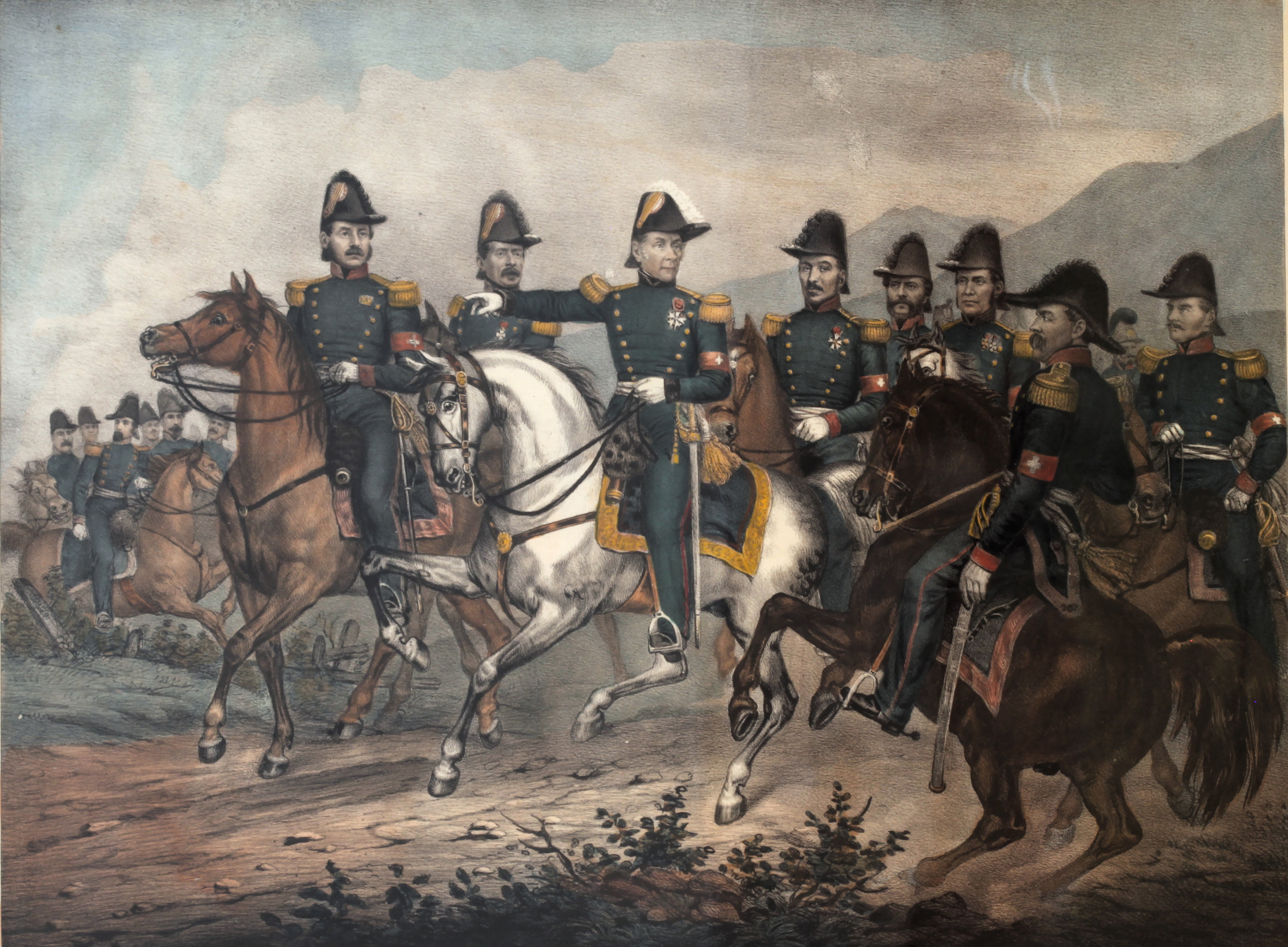
“A senior staff member of Russia’s Museum of the Armed Forces, Sergei Plotnikov, calls the TT ‘one of the best pistols ever.’”
Story By Surplus Store
IN THE EARLY 1920s, following the end of the Russian Civil War which had been raging for five long years, the Red Army decided their legendary firearms needed updating. The Nagant and Mauser pistols, both from the 19th Century, had served their purpose, but Russia needed to modernize its arsenal.
For both manufacturing and economic reasons, any new military pistol would need to be chambered for the Mauser 7.63mm cartridge, while meeting the standards of the best handguns in service elsewhere, such as the Browning, Luger and Walther.
Legendary Russian gunsmith Fedor Tokarev designed such a pistol. His new prototype, which was heavily based on the 1903 Browning, would be capable of firing modified 7.62 x 25mm Mauser rounds. After extensive testing in 1930, a review board concluded that the pistol would be suitable after some fine tuning.

Strengths and Weaknesses
Tokarev’s design offer a number of innovative solutions, such as short-barrel recoil, a one-piece hammer mechanism and a modification of the Browning’s swinging link. There were also no screws used in the manufacturing of the weapon, instead the grips were held in place with internal catches.
Despite this forward thinking, the pistol still had some major drawbacks – mainly the lack of a safety catch.
The hammer featured a half-cock safety feature, which was susceptible to wear, meaning the pistol could accidentally discharge if it was dropped or even jolted. This lead to a high number of self-inflicted injuries caused by the pistol. In fact, later during the Second World War when Red Army morale was at its lowest, Soviet investigators became astute at distinguishing between injures caused by accidental discharge and self-inflicted wounds.
As wartime cost-cutting led to shortcuts in the weapon’s manufacturing, complaints mounted over the ergonomics of the weapon with many users stating it did not fit well in the hand, thanks to a slightly too vertical angle of the grip.

The TT Goes to War
The first samples of the pistol entered service in 1931 as the 7.62mm self-loading Tokarev pistol model 1930. It soon became known by the city of its production and the name of the designer, Tula-Tokarev, or simply “TT.”
Further improvements were made to the pistol in the pre-war years. These included refinements to the barrel locking lugs and a simplified frame design that reduce the number of parts needed. Although initially these changes appeared in 1933 (hence the rebranded TT-33 model), they were not incorporated into production until 1936.
The modifications made the weapon a favourite of Red Army officers and security forces, thanks to the long-range accuracy and high initial power, not to mention its flat form, which allowed for easy concealment beneath clothing.
By 1941 and the Soviet Union’s entry into World War Two, the TT went into mass-production. Even by that point however, the weapon had seen action in the war against Japan as well as the Winter War with Finland. Export models even found their way into the hands of Republican forces in the Spanish Civil War. With the Nazi invasion, some 600,000 initial units were issued to the Red Army, with a further 100,000 dispensed each year.
Production ground to a halt in the opening months of the war with Germany, as the Tula plant was threatened by the Axis advance. Manufacturing resumed in 1942 and thanks to the output of plants in Izhevsk and Kovrov more than one million TT’s were manufactured by the 1950s.
From the Cold War to the Underworld
Following World War Two, the pistol went into service in a number of Soviet ally countries, some of which began to produce the weapon under license for domestic use and export. Even after its formal withdrawal from service in 1951, the handgun could still be found in Soviet army and police units for more than a decade.
After the collapse of the Soviet Union in the 1990s, the TT emerged as a favourite of Russia’s criminal element. In fact, police believe at least 70 percent of all contract killings in the former Soviet Union have been performed using the pistol.
Experts estimate that as many as three million TT units have been produced worldwide, with many going unused, stockpiled or kept as collectors’ items in the form of deactivated guns. The TT is often presented as an award in Russia for distinguished service and is carried by couriers, bailiffs and delivery service personnel.
The TT is still used when testing bulletproof vests in some areas of the world, with former interior ministry weaponry chief Yury Karpechenko saying “I have yet to meet the vest that can take a round from a TT.”
A senior staff member of Russia’s Museum of the Armed Forces, Sergei Plotnikov, calls the TT “one of the best pistols ever” comparing it to the German Walther P38 and SIG Sauer.
 Surplus Store is still a family run business first established in 1961 and still in the same hands. Stocking the biggest range of air rifles, pistols and airsoft guns in the South East of England, as well as a wide selection of knives, outdoor/survival gear, deactivated guns and much more. Like us on Facebook: www.facebook.com/SurplusStore/ and follow us on Twitter: @SurplusStoreUK
Surplus Store is still a family run business first established in 1961 and still in the same hands. Stocking the biggest range of air rifles, pistols and airsoft guns in the South East of England, as well as a wide selection of knives, outdoor/survival gear, deactivated guns and much more. Like us on Facebook: www.facebook.com/SurplusStore/ and follow us on Twitter: @SurplusStoreUK










I have had many family members serve in the Soviet army, so this is quite interesting and near and dear to my heart.